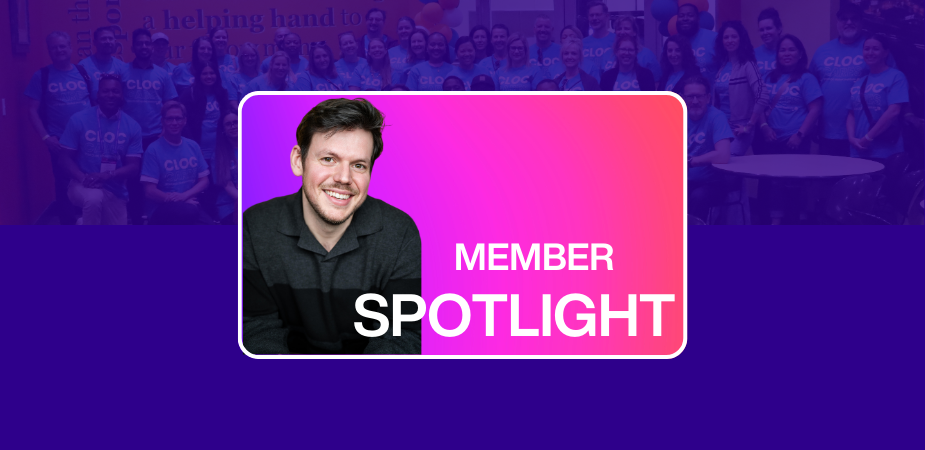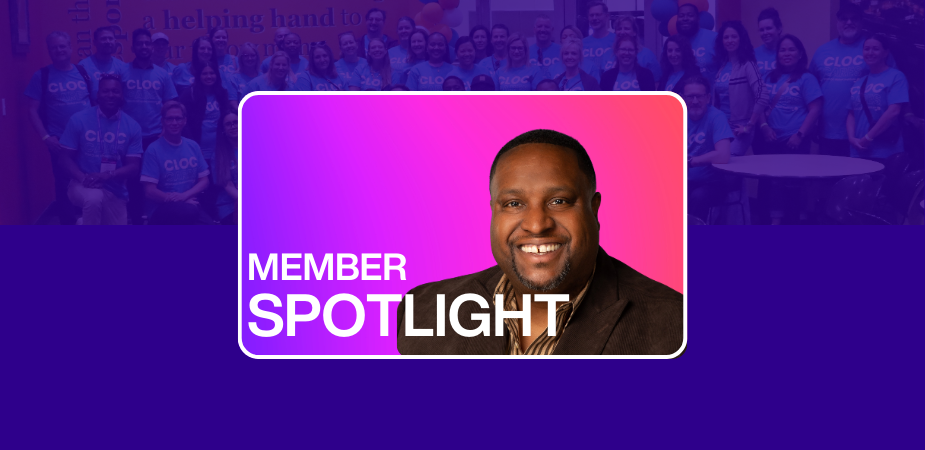Transforming legal department budgeting and invoicing doesn’t happen overnight, but every small step forward—like moving from spreadsheets to eBilling—can deliver significant impact. Read the journey of one company to build better budgeting processes, one bite at a time.
When my then-General Counsel (GC) asked me to step into the role of our company’s first official Legal Operations professional, I had no roadmap or mentor to guide me. Navigating this uncharted territory involved a lot of late-night Googling, which eventually led me to discover CLOC and the Core 12. Back then, these principles looked a bit different, but one stood out: financial management is foundational to Legal Ops success. After all, how can you prove you’re streamlining and saving without measuring what businesses care about most—dollars?
The problem? Our legal team had little to no formal budget management. “Budgeting” consisted of our GC meeting with Finance once a year to guesstimate spend across vague categories like “Employment Matters” or “Cease & Desist Letters.” Invoice approvals required physically printed pages, and a wet-ink signature scrawled next to the word “Approved.”
If you just winced or muttered, “Yikes,” you’re not alone.
The Humble Beginnings: Excel and OneDrive
As a Legal Ops newbie, I worked with what I had: Excel and OneDrive. Every invoice that crossed my desk was logged in Excel with the important details catalogued, then scanned copies were uploaded to OneDrive for reference. It wasn’t fancy, but it was our first step towards positive change. Suddenly, when questions arose about invoices, I could quickly locate digital copies. My Excel sheet also grew to include calculations that allowed me to visualize spending by quarter and firm—the beginnings of financial reporting.
And with that, our financial management journey began.
The Next Step: Implementing eBilling
While Excel and a filing system were improvements, they couldn’t solve critical challenges. For example, manually applying billing guidelines to each invoice was time-consuming and inconsistent. We also had no way to track rate changes or benchmark firm performance.
Enter: eBilling.
After a Request for Proposal (RFP) process, we selected a tool and rolled it out with only basic functionality. We knew we were barely scratching the surface, but even the simplest features represented a significant leap forward:
- Billing guidelines were applied automatically, flagging noncompliance for human review.
- Approvals became digital—no more printing invoices.
- We tracked timekeeper rates and firm statistics, uncovering data insights we’d never had before.
It was a whole new world, and one that was about to be rocked.
Adding Purchase Orders to the Process
Just as we were getting comfortable, Finance threw us a curveball: Purchase Orders (POs).
Previously, the Legal department was exempt from Procurement’s standard PO process. Legal work, with its unpredictable cadence and billing done a month in arrears, didn’t fit neatly into their framework. But the exemption ended, and it was up to Legal Ops to make it work.
The biggest challenge? Our legal team budget was split out by work category, while Finance budgets by spend with each vendor. For instance, a single firm might handle both ongoing matters and project-specific work, making it hard for Finance to categorize spend. Sometimes we don’t even know who the vendor will be. For employment issues, we might set aside a budget because we anticipate questions will arise each year, but we don’t know which vendor we’ll use until the questions are asked.
A strong, collaborative relationship with Finance—built over years of trust and teamwork—was invaluable in navigating this process. Both teams were committed to finding solutions that worked for everyone. Now, at the start of each fiscal year, Legal provides Finance with an Excel list of the vendors and dollar amounts we expect to spend, based on the previous year’s spend. Finance then creates matching POs. When they return the PO numbers, we load them into our eBilling system as references for each matter, ensuring a seamless connection between POs and invoices during submission. Every month, we get a report of open POs and how much we’ve spent on each so we can request new ones throughout the year as needed. This cooperative approach has been key to keeping both teams aligned and efficient.
eBilling 2.0: Unlocking Advanced Features
Fast forward a few years: Our PO system was running smoothly, but our eBilling setup was overdue for an upgrade. While our tool had powerful reporting capabilities, we weren’t taking full advantage of them.
We brought in a consultant to train our team and overhaul the system. Over several months, we:
- Automated quarterly accruals, meeting a key Finance request.
- Required budget estimates for every matter before invoice submission, setting the stage for future accountability.
- Streamlined rate changes by requiring standardized rate cards.
- Enabled firms to check invoice statuses through a reverse feed from our Accounts Payable (AP) system.
- Integrated PO information into matters, simplifying Finance’s processing workflow.
What’s Next?
Today, our eBilling tool is clean, organized, and more effective than ever. This year, we plan to enforce budget adherence—requiring pre-approval for overruns or writing them off entirely.
We’re also exploring:
- Building a preferred firms list to negotiate bulk discounts.
- Developing firm scorecards to evaluate and strengthen relationships.
The journey hasn’t been without challenges, but the results are undeniable. We’ve deepened trust with Finance, improved decision-making through better reporting, and, most importantly, saved the business money.
Advice for Legal Ops Newcomers
If you’re just starting out—printing invoices and tracking expenses in a spreadsheet—don’t despair. You don’t have to fix everything at once. Every small improvement builds momentum. Remember: You can eat the elephant one bite at a time.







